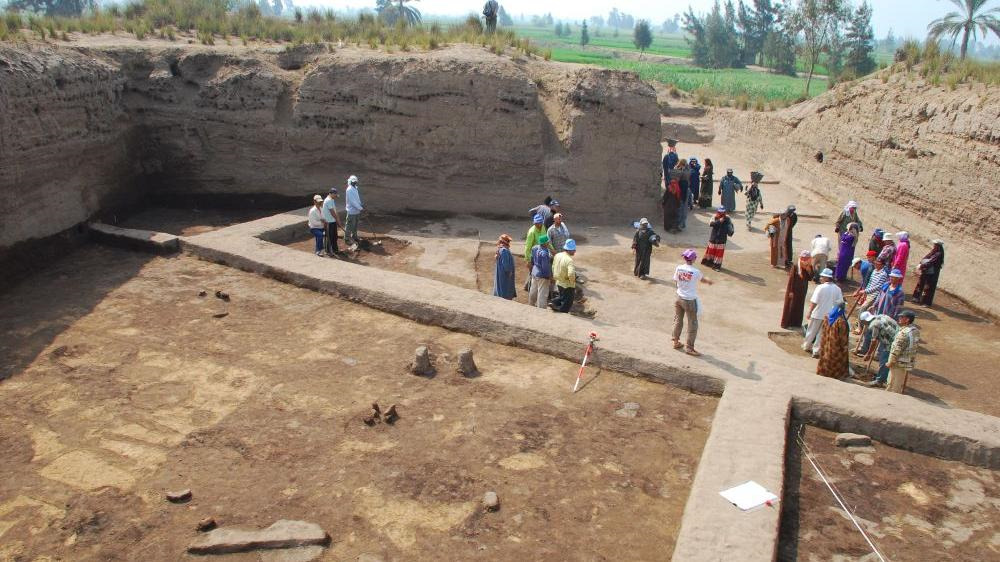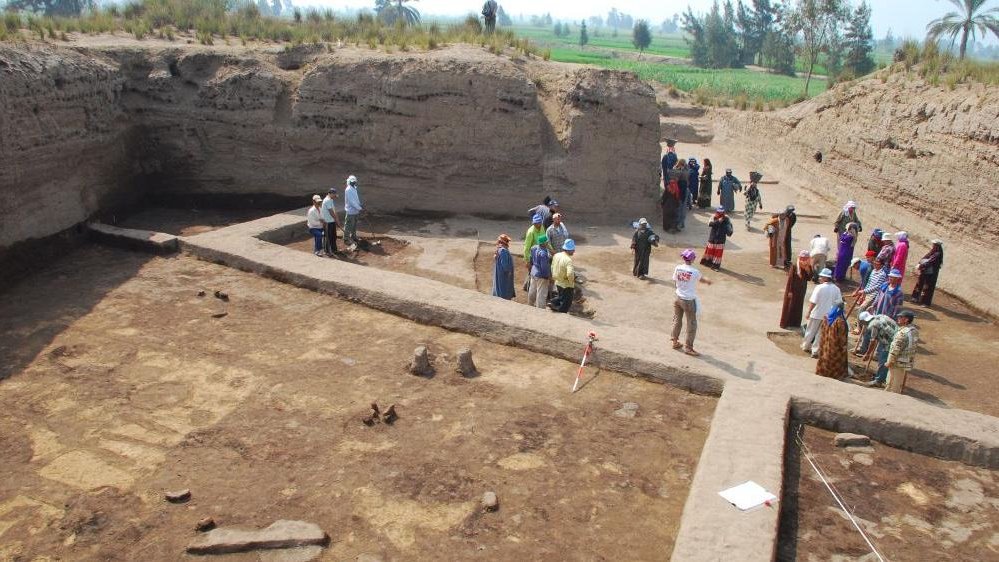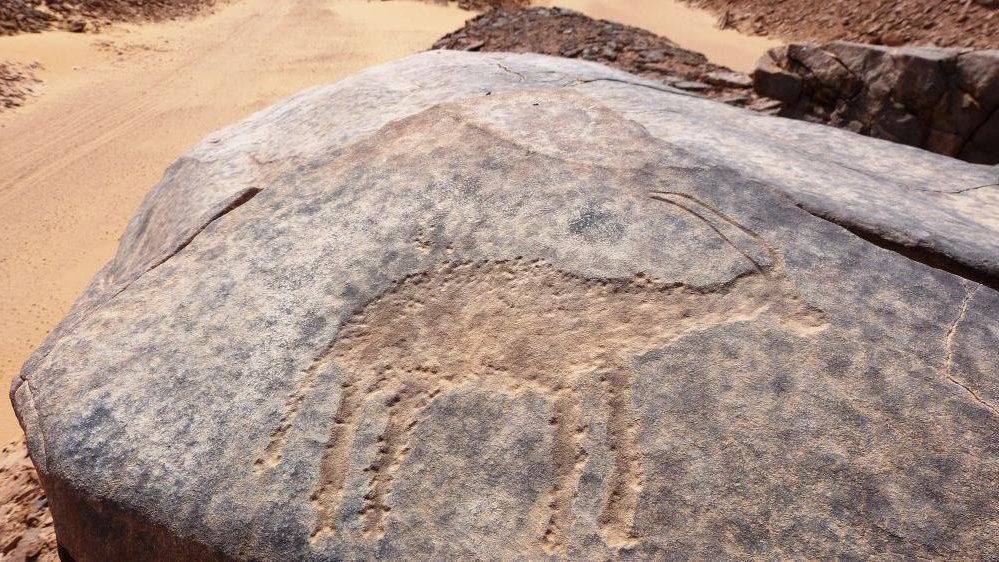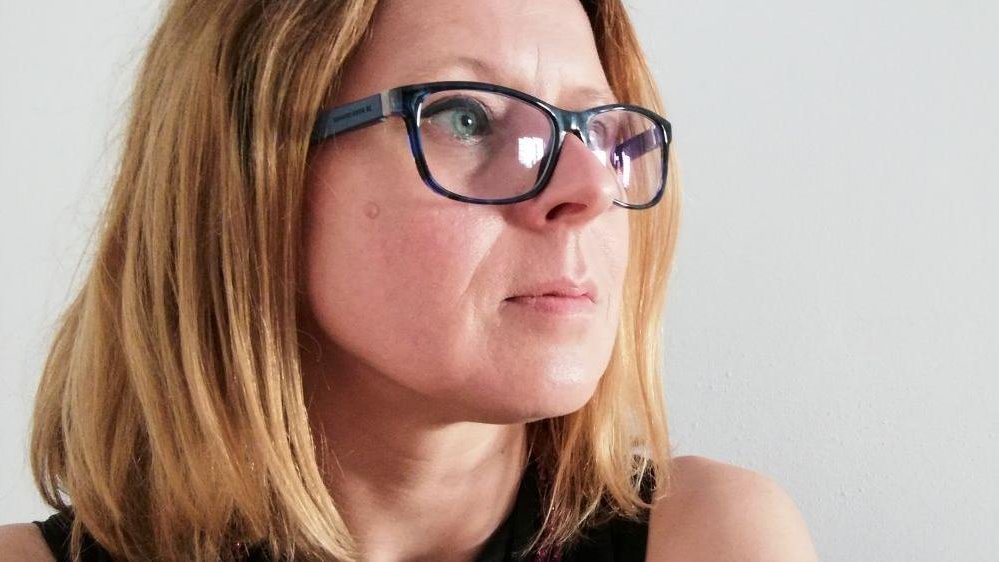Our discoveries are known the world over

Poznań's Archaeological Museum "operates on two fronts", as it displays and publicises discoveries from the region of Wielkopolska, other parts of Poland and the neighbouring countries, all the while exploring Mediterranean sites. Is it fair to say that Prof. Lech Krzyżaniak (1940-2004), the Museum's long-time director, has given the institution a window into the wide world?
The double front is our strength! It helps us maintain our appeal with the public. On the one hand, we present the things that are dearest to our hearts, i.e. our region's prehistory and history, with all their links to the history of Poland. On the other, we take our visitors on journeys to more or less familiar places far far away. Even today, many people consider Africa highly exotic and rarely travel there, even if Egypt has become a popular holiday destination. For all those less inclined to make the journey, Poznań offers a chance to view historical artefacts of the magnificent Egyptian civilisation in a peaceful setting, not to mention the considerably more agreeable temperatures. We reach even farther into the African continent, going as far as Sudan, a country visited by few that constantly beckons us with its fascinating and rich history and culture. In my opinion, Prof. Krzyżaniak has demonstrated keen foresight in choosing to go beyond Wielkopolska and Poland. Even today, we are one of a handful of institutions of our kind Poland-wide that display Mediterranean artefacts.
You have worked with Prof. Krzyżaniak. What kind of a boss was he?
I began to work in the Archaeological Museum 20 years ago when it was headed by Prof. Krzyżaniak. By then, I had already known him from college. In his lectures, he displayed a profound interest in Africa, not only in its past but also its present. His stories gave the students a distraction from the drab realities of our world, which was especially dismal in winter. The photographs he would bring to class transported us into a different world. I did not take up Mediterranean archaeology until I graduated from my master's programme. I explored this new world under the guidance of Prof. Krzyżaniak, who was my dissertation advisor. I can still recall our scholarly talks, which were never limited to archaeology alone. The professor had enormous knowledge on prehistoric Africa, and a wonderful way of sharing it. His stories and anecdotes turned every one of our meetings into an unforgettable experience.
Permanent exhibitions ("Death and Life in Ancient Egypt", "The Archaeology of Sudan and "The Rock Art of North Africa") and the Ramses II Obelisk are not the only attractions from the Mediterranean. "Tell el-Farkha. Two decades of Polish Excavations" and "When Sahara was Green"...
... are our latest exhibitions about North East Africa. Both present the work of Polish archaeologists. The Polish Archaeological Expedition to the Nile Delta, with which I am associated, has been operating for two decades. Our team and dr Marek Chłodnicki conduct excavations in a settlement and cemeteries dating back to the original formation of the Egyptian state. Our findings are known the world over, while the site itself is recognised by the research community as a source of invaluable insights into the ancient Egyptian civilisation. The main purpose of the exhibitions was not only to present our discoveries but also to show the environment in which we live and work. The other display focuses on the time when the Sahara was a lush savannah. At the time, close to 12,000 years ago, people and animals were its integral part. The items on display come from the sites in Egypt and Sudan where Polish scientists have worked. The exhibits not only portray human life in today's inhospitable Sahara desert but also depict the great potential of Polish archaeology in North-East Africa. Both exhibitions will remain open through the end of October.
Was the exhibition difficult to arrange? What part of it do you consider to be the most noteworthy?
Neither exhibition was easy to prepare. As the law prohibits the exportation of historic objects from Egypt, we could only present photographs from our digs at Tell el-Farkha. The job of choosing a few dozen photos from the thousands we have taken over the last two decades was quite a headache for myself and Marek Chłodnicki. Note also that every one of those pictures evoked a lot of memories. I hope we managed to select the best of the best. We also chose to display discoveries from the Minshat Abu Omar site in the eastern Nile delta, which we keep in storage and which had been brought into the country legally when exportation was still allowed. Both Prof. Lech Krzyżaniak and dr Marek Chłodnicki worked in Minshat. In fact, the site is where research at Tell el-Farkha began. A big attraction of the "When Sahara was Green" exhibition are the rock art specimens that are not normally on view for museum visitors. Cut out of huge rock blocks in Sudan and brought into Poland, the petroglyphs can now be seen at close range at the museum. Neither should one miss the never-before-presented pedicles and a fragment of an auroch skull from Affad in Sudan. These remains, dating to about 50 thousand years ago, are among the oldest coming from Africa.
We must not leave out your outdoor display next to the museum building at ul. Świętosławska. Clearly, you have thought of the youngest visitors, who can count on an amazing experience in the Children's Summer Academy.
The outdoor display is part of the anniversary exhibition "Tell el-Farkha. 20 years of Polish excavations". Its goal was to publicise our research outside the museum walls and give everyone a chance to learn about our work. The photographs show not only our archaeologists and their key discoveries but also the villagers and our workers. This year, our holiday educational programme is devoted to African themes. The Children's Summer Academy focuses on the Sahara and Egypt in its entirety. The children who come to take part in its workshops will be able to immerse themselves in rich African culture and history.
What can you say briefly to convince people who are less familiar with ancient Egypt to visit the Archaeological Museum?
The museum's courtyard holds the only original Egyptian obelisk to be found in Central Europe. The nearest other structure of its kind can be seen in Paris. What makes the Poznań obelisk of Ramses II unique as that it used to serve as a threshold in an Arab home in Cairo for many years. Inscriptions on one of its sides have been worn by the feet of its inhabitants.
* Agnieszka Mączyńska, holds a second degree doctorate; she is a graduate of the Archaeology programme of Adam Mickiewicz University. A highly creative manager of the Department of Exhibitions and Education of the Archaeological Museum of Poznań, she is also a ceramologist at the Polish Archaeological Expedition to the Eastern Nile Delta, who has conducted excavations at the Tell el Farkha site in Egypt.
© Wydawnictwo Miejskie Posnania 2019
See more

God Save the Film

Black-and-White Poznań

An Arctic Point of View



